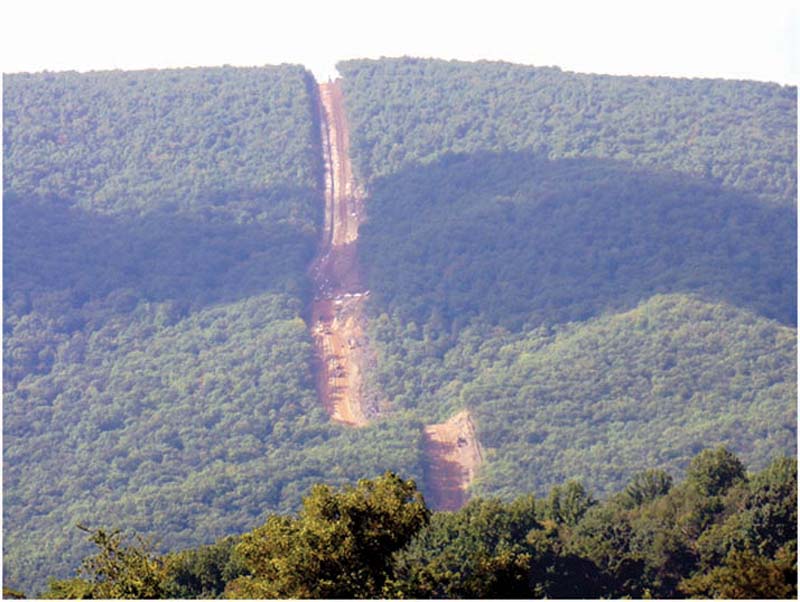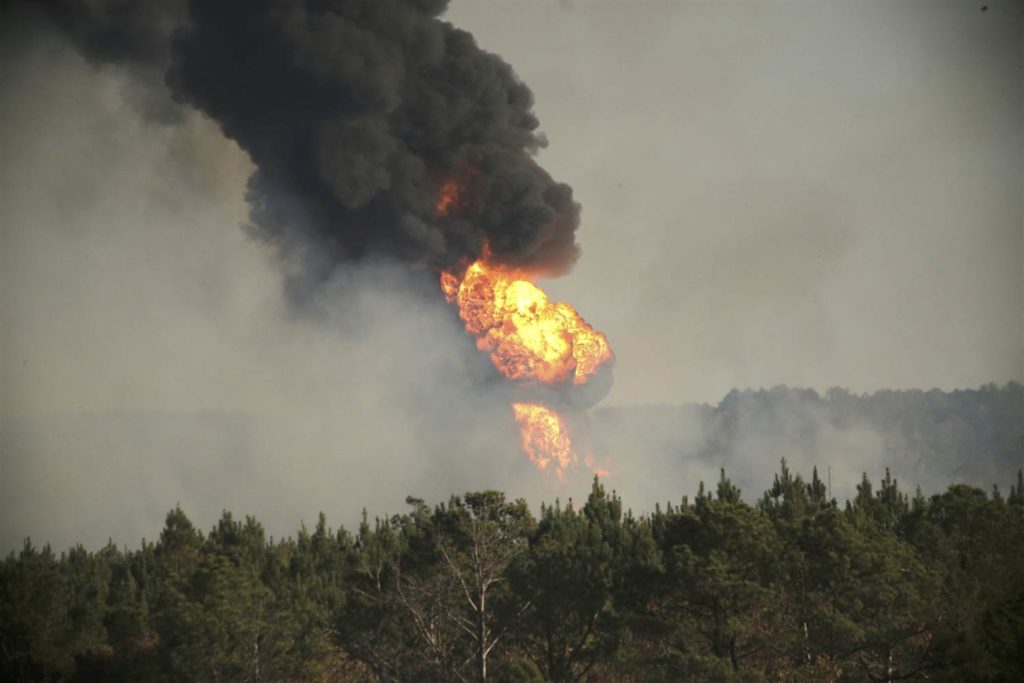Fracking companies have been increasing the length of the horizontal lateral in an attempt to increase efficiency; building one pad and using one hole to access more acres should be economically efficient. However, a study by Bernstein Research shows that longer laterals are not necessarily more efficient. The culprit is friction. More pipe creates more resistance. The result is a lower average peak rate, or put in other words, the highest amount of production you could expect from a well at it’s best is lower.
On the other hand, adding more sand (“proppant”, because it props the cracks open) to a well increases the production from the well. That seems to be a pretty logical conclusion, since larger and (presumably) more cracks means more product can move through the formation to the well. However, adding more proppant is a recent change.
Natural gas developers added 11 new rigs across the U.S. last week, which is a good thing at this point. Production has been falling for a while, and new sources of production are needed to keep numbers up. 11 new rigs will probably not halt the falling production numbers, but will slow it.
Iraq is now saying it won’t cut production. Just like that, oil prices fall. We’re below $50/bbl again. Now, Iraq could just be positioning for negotiation, or it could be serious. Their excuse is that they need money to fight terrorists. $50/bbl oil isn’t too bad for them right now, as they are still working to get production back up to pre-sanction levels. So it’s hard to say what they will do at the next meeting. Most experts expect Saudi Arabia to cut production anyways, so maybe Iraq will just continue to produce and take advantage of Saudi Arabia’s unilateral cuts.
Stephen Tindale is a former leader of Greenpeace, and he’s saying that fracking is an important technology, and should be encouraged.
On October 24, 2016, gas prices have dropped well below $3.00/MCF. Last week saw warm, but not hot, weather. This week is going to be quite cooler, so we should see a jump in prices before this gets published on November 1.
Costs for drilling gas wells are still dropping. That means that even in a low price market it makes sense to keep drilling and producing gas. That’s exactly what Antero is doing. They have announced that instead of producing 1.75 billion cubic feet of gas per day during 2016, they are actually going to produce 1.8 billion cubic feet of gas per day.
It’s November 2, 2016, and oil prices and natural gas prices have fallen significantly since last month. Oil prices have dropped for the same reasons they always do (supply/demand), but the details are unusual. Essentially, there were a few weeks where there were drawdowns on oil storage, then all the oil that everyone expected to be there during those weeks suddenly showed up and we had the largest increase in oil storage in 34 years. Also, the price of oil jumped when OPEC announced it would cut production, then dropped when Iraq announced it wouldn’t participate in the cut. Is anybody really surprised by that? The result of these factors was that prices dropped from over $50/bbl to around $45/bbl. Regrading natural gas we have hit the “shoulder season”, the time between summer (storage) and winter (high use) where storage numbers always go up. Temperatures were comfortable, so gas use was low, and traders for some reason decided to sell natural gas futures. This Seeking Alpha article seems to think that traders overshot the fundamentals of the market, so the price will go back up. Right now we’re at about $2.75/MCF. Not horrible for gas production in West Virginia, but also not good.
 The Roanoke Times has published numerous articles regarding the Mountain Valley Pipeline, both for and against. Their latest article, by Duncan Evans, digs into the issue of the risk of having a pipeline close to a home, a school, or a building of any sort.
The Roanoke Times has published numerous articles regarding the Mountain Valley Pipeline, both for and against. Their latest article, by Duncan Evans, digs into the issue of the risk of having a pipeline close to a home, a school, or a building of any sort.
